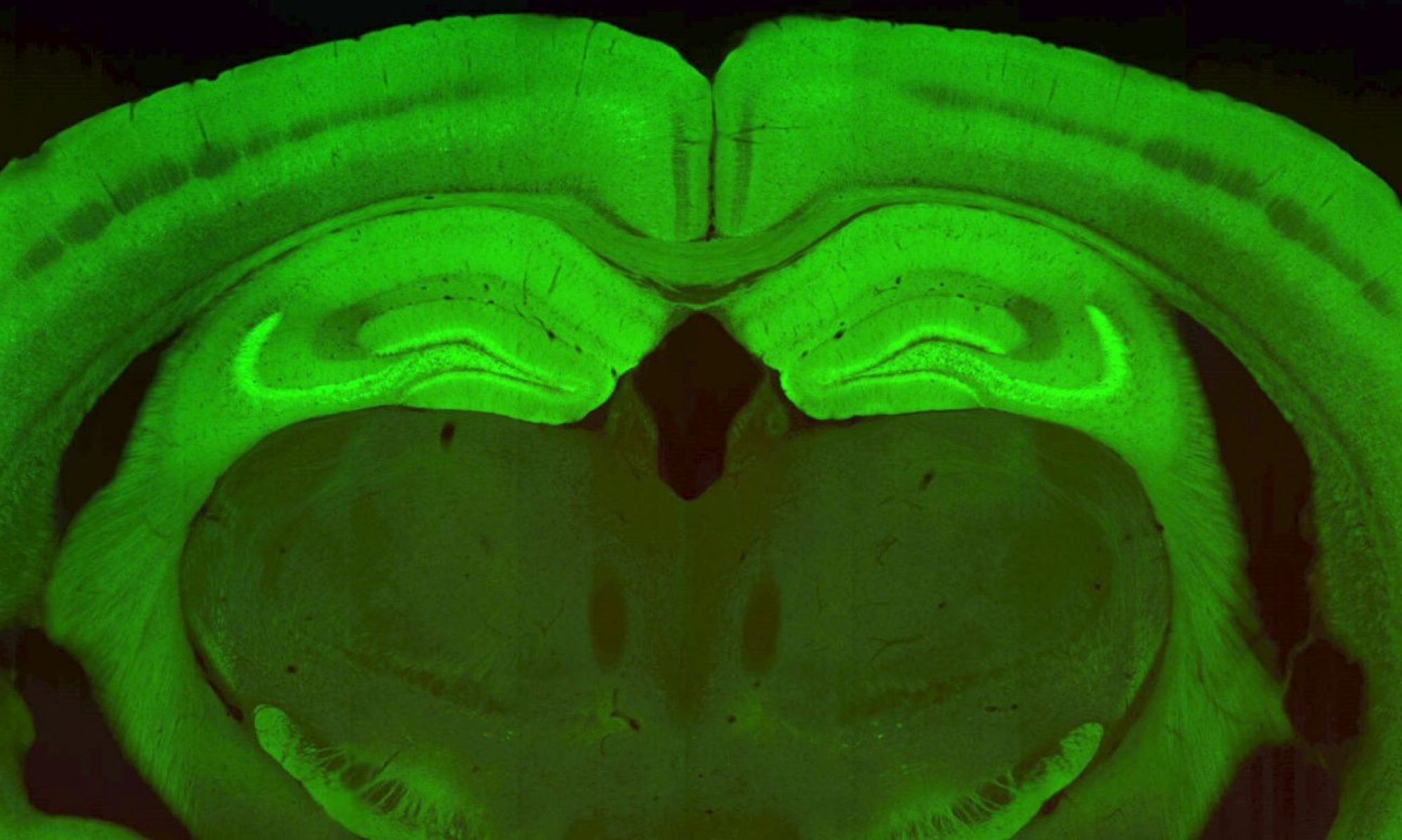janina.ferbinteanu@uci.edu
ABOUT
I am interested in the neural substrates of memory-guided behavior. The framework for my work is the multiple memory systems theory according to which different types of memories are the result of activity in distinct neural networks with distinct properties and dynamics. In previous work, I combined behavioral and electrophysiological methods to demonstrate that in rats running a hippocampal-dependent spatial memory task, hippocampal neurons form a temporally extended representation that encompasses past, current, and future locations. This representation also distinguishes the beginning from the end of a running trial and is modulated by memory. Because encoding temporal aspects of experience likely involves oscillatory activity I subsequently became involved in collaborative work which showed that infusing a GABA-A antagonist in the medial septum selectively impaired spatial memory and abolished normal oscillations in the hippocampus in the absence of altering the firing rates of the place cells. Dissociating the basic property of hippocampal neurons to fire in spatially selective manner from the rythmical aspects of their activity sets the stage for further inquiries in how the millisecond-scale rythmicity supported by the medial septum may participate in forming the temporally extended hippocampal representations I reported earlier.
My dissertation investigated the link between the topographical organization of hippocampal anatomy and behavior. This earlier interest led to a new experiment which showed that the medial entorhinal cortex inhibits transmission in the CA3-CA1 pathway. The same study also resulted in behavioral data that appeared to contradict the decades-old paradigm in memory research which postulates that a memory system supports only one kind of memory and behavioral strategy. The hippocampus is thought to be involved in cognitive memory formation, as for example during spatial navigation. In contrast, the dorso-lateral striatum, a component of the basal ganglia, has been linked to habits. My data however showed that the hippocampus supported both spatial and response memories when they were formed in temporal juxtaposition, even if the learning took place in different environments. On the other hand, the dorso-lateral striatum also supported both types of memories, but only if they were formed in the same environment even if at temporally distinct points. In pursuit of an explanation for these findings, I developed an interest in network neuroscience, a field of investigation that models the brain as a complex dynamic system, whose networks and sub-networks have the ability to reconfigure so that they optimally combine functional segregation and integration. This is a perspective that could explain my behavioral results and generates predictions that I would like to test empirically using multisite recording.
A list of my publications is here.

